The first thing you notice, before you’ve travelled far, is how compact this new, small Jaguar SUV, the E-Pace, feels at speed.
Compactness isn’t something you instantly associate with Jaguars so some built-in agility is especially welcome on this narrow, sinuous Welsh back road that connects the thriving border town of Welshpool to Bala, about an hour away in central North Wales.
Much of that road is flanked by trees, abrupt drops, rocky banks and ancient, straggling fencing first put there when road users crawled past in Morris Minors. But the tarmac between those threatening verges describes one of the most exhilarating driving roads in Britain.

Instilling a sense of Jaguarness
We’re here because this is a favourite haunt for Mike Cross, the hugely experienced engineer in charge of ‘Jaguarness’, whose task is to polish every new model’s driving characteristics – as well as its comfort, visibility and control efficiency – so it fits the marque’s increasingly focused line-up.
Over the years, Cross and his driving-obsessed colleagues have put the finishing touches to a dozen new Jaguars on these roads.
They keep coming here because the ever-variable surfaces, gradients and humps constantly test a car’s springing, damping and cornering – and thus its core stability – to the limit, demanding steering that allows quick, accurate changes of direction and is entirely uncorrupted by extremes of suspension movement.
Like everything else in the compact SUV game, competition over driving factors is getting increasingly hot so it’s vital this Jag should assert itself in areas where the maker has claimed to be pre-eminent for more than 70 years.
If the market likes the E-Pace, the potential rewards are tempting: sales in its SUV class – which starts with the BMW X1, Audi Q3 and Mercedes-Benz GLA and includes models a size bigger – have more than doubled in the UK to about 440,000 since 2012. The increase has slowed a little in past months but they’re still running at record levels, accounting for around a fifth of all new cars sold here.
Under its skin, the new E-Pace has a close relationship with Land Rover’s Evoque and Discovery Sport models. It uses much the same steel monocoque architecture, the same set of own-design Ingenium transverse four-pot engines, very similar two and four-wheel-drive systems, and a very similar all-independent suspension.
But both Cross and E-Pace chief engineer Graham Wilkins insist that the model’s components are assembled and tuned “in a Jaguar way” and the E-Pace’s unique dimensions soon show the truth of that. As well as being 25mm longer overall than the Evoque, its nearest Land Rover equivalent, the new small Jag has a unique wheelbase of 2681mm (Evoque: 2660mm) that reflects the effect of a modified mounting for its front suspension subframe (now rigidly pinned at the rear, to improve steering response).
There are also revisions to the strut front suspension, which now incorporates a new, hollow aluminium upright design, stiffer suspension bushes front and rear, and uniquely tuned spring and damper settings all round, aimed at stressing the car’s sporty character.
The E-Pace incorporates plenty of the car industry’s beloved synergies, but there’s no suggestion that Jaguar Land Rover engineers have held back on changes they think were needed to make the E-Pace a genuine Jaguar.
It is clear that Jaguar’s engineers have had a considerable wrestling match with weight, however. The E-Pace’s tailgate, bonnet, roof and front wings are all aluminium (and are claimed to save a total of 37kg over steel components), but the lightest E-Pace is actually around 85kg heavier than the Jaguar F-Pace (nearly 34cm longer), whose basic monocoque is mostly aluminium, not mostly steel.

Meeting the Jaguar E-Pace prototype
Our prototype E-Pace, Cross cheerfully admits, is a bit of a mongrel. There’s a 296bhp Ingenium turbo 2.0-litre petrol engine – the most powerful available – under the bonnet, and we’re running on meaty 245/45 R20 tyres (you can get 21s, if you insist), so its sporting intent is clear. But our suspension lacks the adaptive damping buyers can choose as an option and it is also missing the gearshift paddles that are part of the sportiest R-Dynamic pack.
When I step into the cabin, two things stand out: simplicity of design and quality of manufacture, both pretty impressive for a prototype.
Practically everything from the F-Pace’s impressive equipment inventory (electronics, 12.3in central screen, Wi-Fi hotspot, unique-to-JLR array of InControl apps) is available in this new, smaller SUV whose prices start at £28,500. Not that many buyers will choose the low-powered, 2WD, manual gearbox model this money gets. JLR bean-counters will be hoping most deals will be done closer to £45,000.
Unleashing the E-Pace on the Welsh roads
Enough with the brochure-talk. We’re two-up heading for Bala, gliding smoothly up Welshpool’s picturesque high street, heading for open roads.
There are plenty of things you can assess from the security of a passenger’s seat. The first, as I said, is agility. This car is shorter and narrower, and slips through the town throng with an ease not possible in a model 20cm wider, which is what the class above adds to width.
Next, you notice low-speed refinement. For me, the higher-speed capabilities of vehicles like this have to be built on a solid bedrock of suburban ability, and the E-Pace has it.
Our (non-adaptive) suspension and our 20in wheels definitely ‘feel’ drain-hole covers and suburban ruts, but the car stays flat, poised and well-damped. So far, so good.
However, as Jaguar’s own breathless blurb makes clear, this highest-power version of the car can lay down a 0-60mph acceleration time of just 5.9sec, which puts it very close to the top of its class.

Small wonder master designer Ian Callum describes this as “a Jaguar sports car designed for daily lives”. The matter is further proved as we get going in earnest. Clearly revealed as a partner for the E-Pace’s low-speed poke is an impressive helping of traction.
Under us is the racier of two 4x4 systems on offer, labelled Active Driveline. Whereas the standard system does its best to behave like a transverse front-drive system until severely provoked by slipping front wheels, the Active system directs torque much more readily to the rear wheels and uses clutches either side of the rear diff to allow torque-vectoring from the rear wheels.
This greatly enhances the driving sensation of rear-wheel drive, and one of Jaguar’s priorities is that we should keep thinking of it as a company that makes rear-drive cars.
As with other Jags, the nine-speed ZF ’box comes with two auto shift regimes (leaving aside a non-spin ‘winter’ setting) and we stick mostly with the racier of these, selectable via ‘S’ mode on the gear lever.
You can also change gears yourself and it will hold intermediate gears to the 6500rpm redline at which crank speed (and we test this quite a few times), the engine sound has a controlled but very satisfying sporty rasp, just like the best powerful four-cylinder cars.
Recent tests of Ingenium engines in other applications have returned variable results: some have sounded noisy and others a mite downmarket but, in this performance, Jaguar seems to have the application cracked.
Dawdle and it’s barely audible. Give it the beans and it will make you happy. In performance terms, it seems to pull strongly from the ground floor and rev freely to the redline; and, in the sportier self-shifting mode, it goes like a missile if you just let it shift through its nine ratios at around 5000rpm.
Our one-hour road route is so variable in surface, width and gradient that it’s fairly easy to suss strengths and weaknesses in ride terms. The E-Pace seems to suffer little from road noise despite its big diameter wheels – a major plus. As for stability and grip, it’s very impressive in the mid-ranges, resisting body roll until the most extreme on-limit provocation, controlling the body well yet meeting bumps with surprising suppleness.
At the bottom end of the scale, we detect bump-thump and a bit of tyre noise; where the road gets bouncy at high speed, it’s clear a perfectionist would call for some more body control.
“That’s why we offer adaptive dampers,” explains Cross. “The ordinary ones are good, but adaptives extend the performance envelope.”

Steering the E-Pace in the right direction
My opinion from the passenger’s seat now is that if I were configuring an E-Pace, I’d certainly need the adaptive dampers and Active Driveline to make the best of this car’s highest power option, and I wouldn’t be too happy without shift paddles, either.
We talk steering, an esoteric subject given that this is a ride, not a drive. But I’ve been impressed by the way this car seems to need a minimum of fiddling at the wheel-rim and also requires little effort, even in tight corners taken hard. Cross says he and his team tend to configure their cars with the light-ish effort that suits their own style, then add effort for the overtly sportier setting some drivers prefer. Nothing wrong with low-effort steering, Cross insists, as long as it’s informative, uncorrupted and accurate.
These things come together in a succession of hard corners – the compact exterior, the short body overhangs, the side-support of the seats, the well-damped suspension, the all-wheel drive grip and traction and the rear-drive tendencies enhanced near the limit by torque vectoring.
This car feels neat, fast, safe, dependable. It’s one of those ‘complete’ modern cars whose high performance can be deployed in all conditions – which goes back to Callum’s observation about this being a sports car for people with other things going on in their lives.
Jaguar will be selling this car soon but, despite its relationship with the Evoque and Discovery Sport, it can’t be made in Halewood because its siblings continue to use up all the capacity. This Jaguar will come from that jack-of-all-trades manufacturer Magna Steyr in Graz (which has also built Mercs, Minis and Astons in its time) and will also be made in China.
In the olden days when car companies were regarded as national emblems, this might have been a concern to some of the old school. It should not be. Wherever this E-Pace is made, it’s a British car and a proper Jaguar. We’ve just proved it.

CHALLENGING WHAT A JAGUAR SHOULD BE
“No, I didn’t…” says Jaguar design boss Ian Callum when asked if he ever thought Jaguar would be in a position where it could soon be selling more SUVs than saloons.
Like the F-Pace before it, the E-Pace challenges the idea of what a Jaguar can be – the upcoming electric I-Pace even more so. But they all still feel right, something Callum describes as coming about “from the transition from sports car to SUV”.
To that end, he points to the role of the Jaguar F-Type in giving Jaguar the licence to go out and make SUVs. As long as it has a sports car in its range, it can claim to credibly be a sports car company, no matter how many SUVs it sells.
Much like Porsche with the Porsche Cayenne and Porsche Macan, it’s the Porsche 911 that gives those cars the credibility and the licence for Porsche to go out and make them.
Callum says: “When I first came to Jaguar, which was before even the first Porsche Cayenne, I was asked if I would do an SUV. I said no, it was not in our DNA, as it wasn’t in the purity of being a sports car company.
“I said we needed to fix the ground rules first,” he adds, saying that sports saloons and sports cars needed to be made before an SUV. Once the likes of the Jaguar XE, Jaguar XF, Jaguar XJ and, Jaguar crucially, F-Type then appeared, “it felt very natural to do it after”.
He continues: “I didn’t then take much persuading. It was about what other people wanted as well – in clinics, people said they’d buy it. The Jaguar F-Pace is now the most successful new Jaguar ever.”
What would founder Sir William Lyons make of the E-Pace, then? “William Lyons would approve, totally,” says Callum. “He’d have got to it, and before us. He said the car and lorry are the closest thing to creating something that lives. Not many people know that.”
Mark Tisshaw

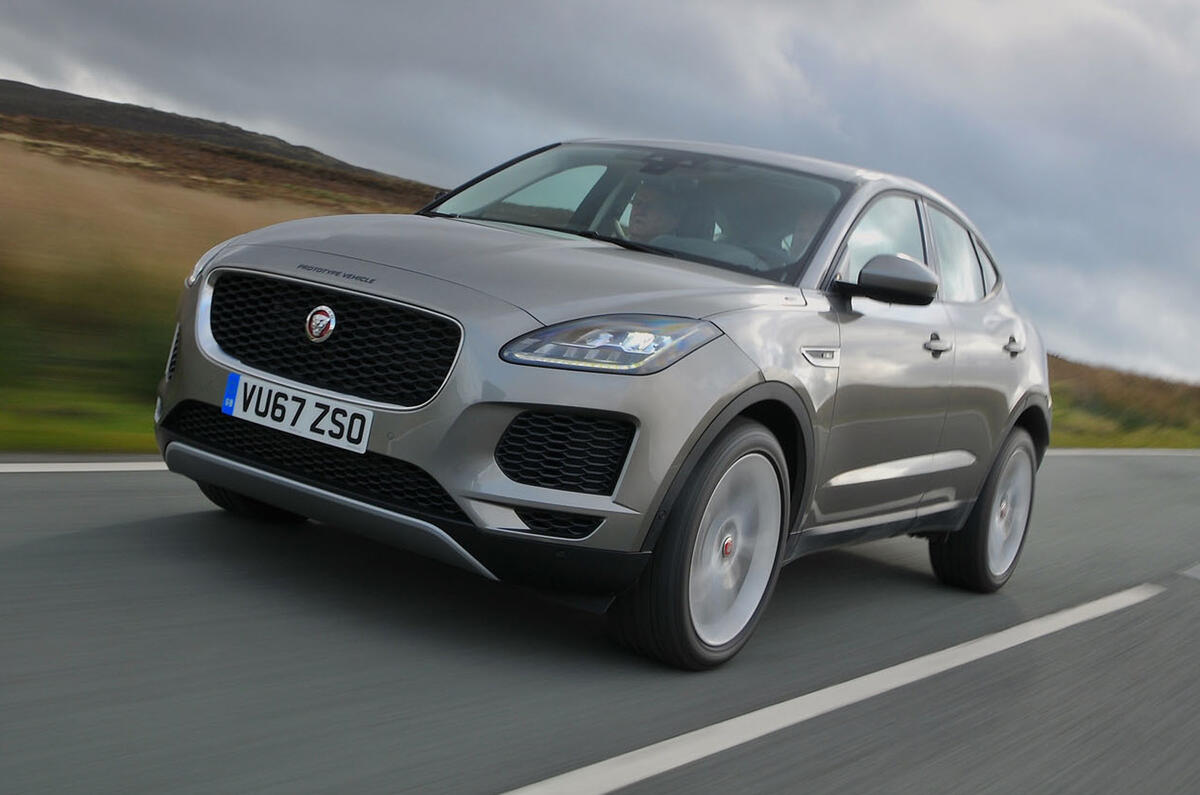
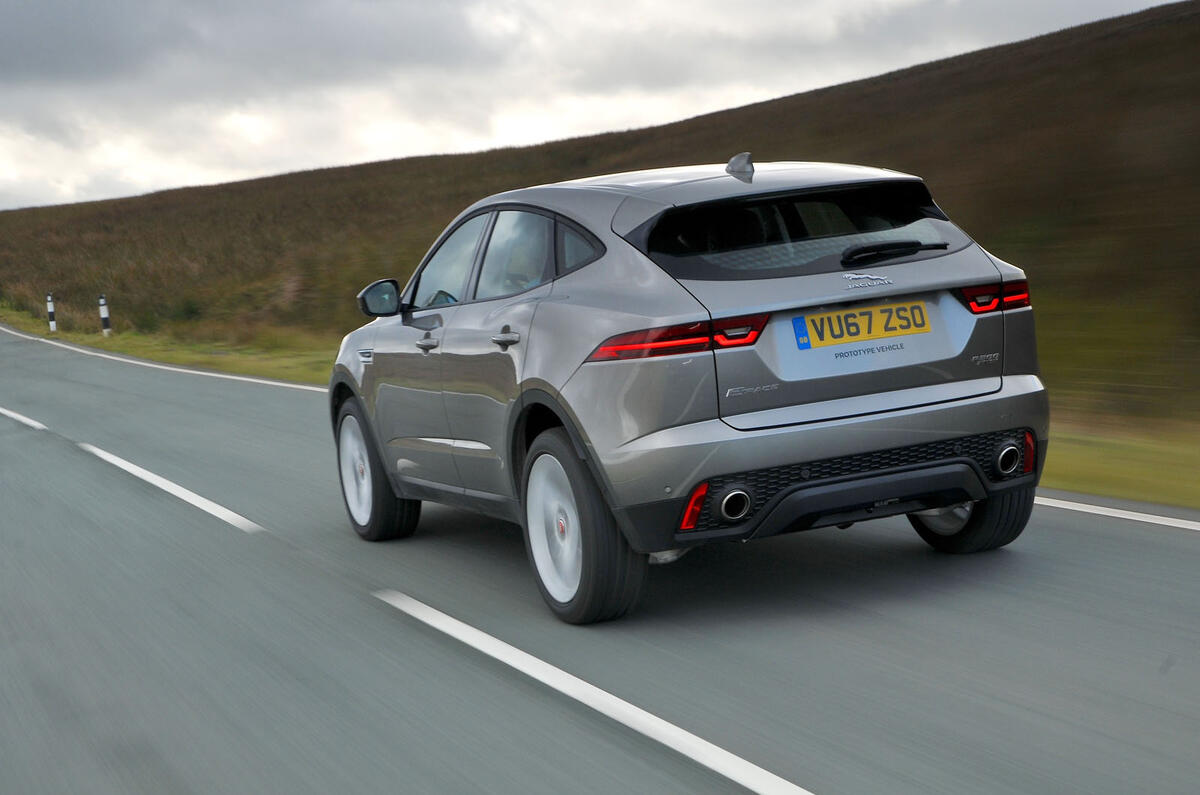
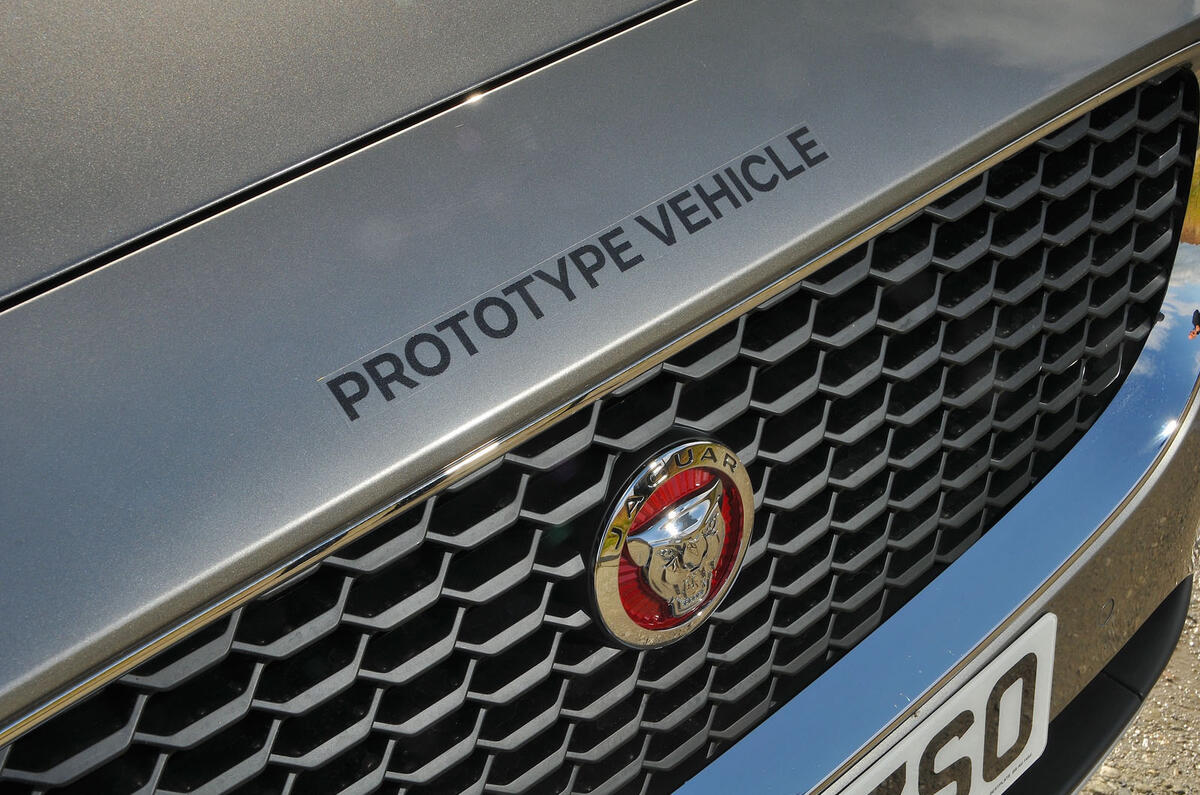
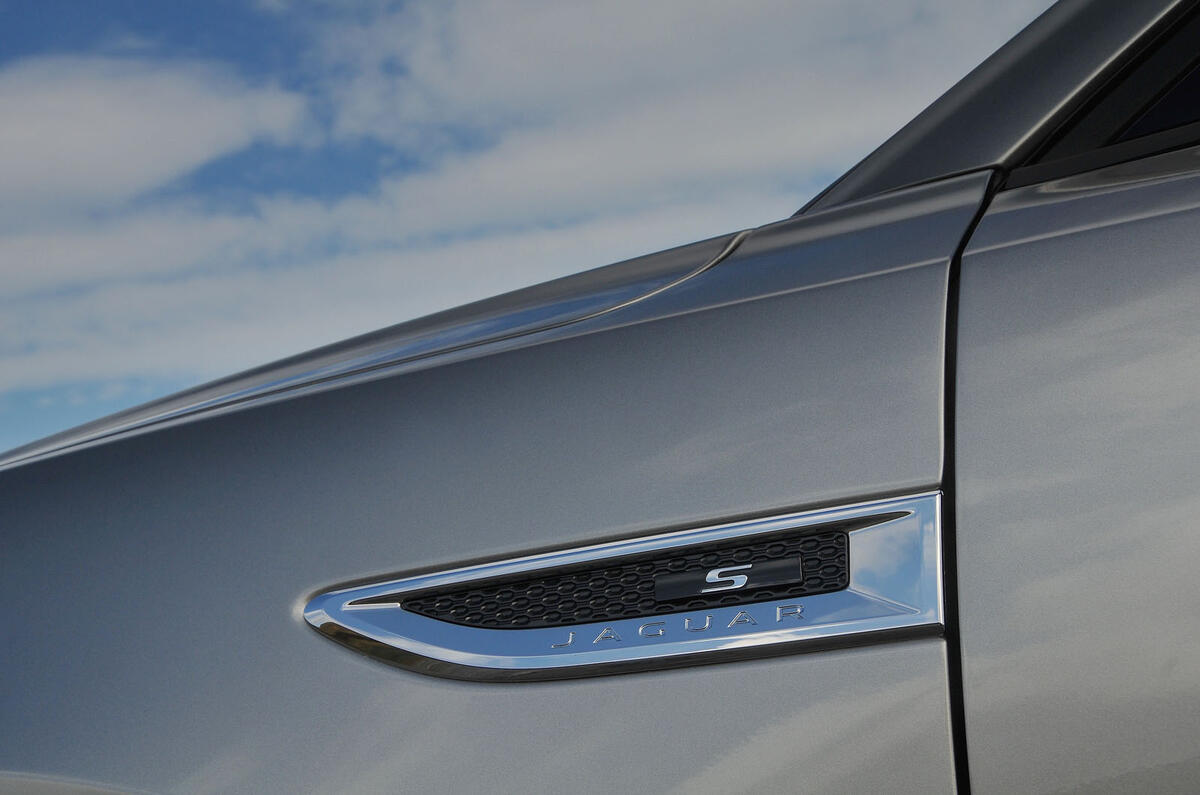
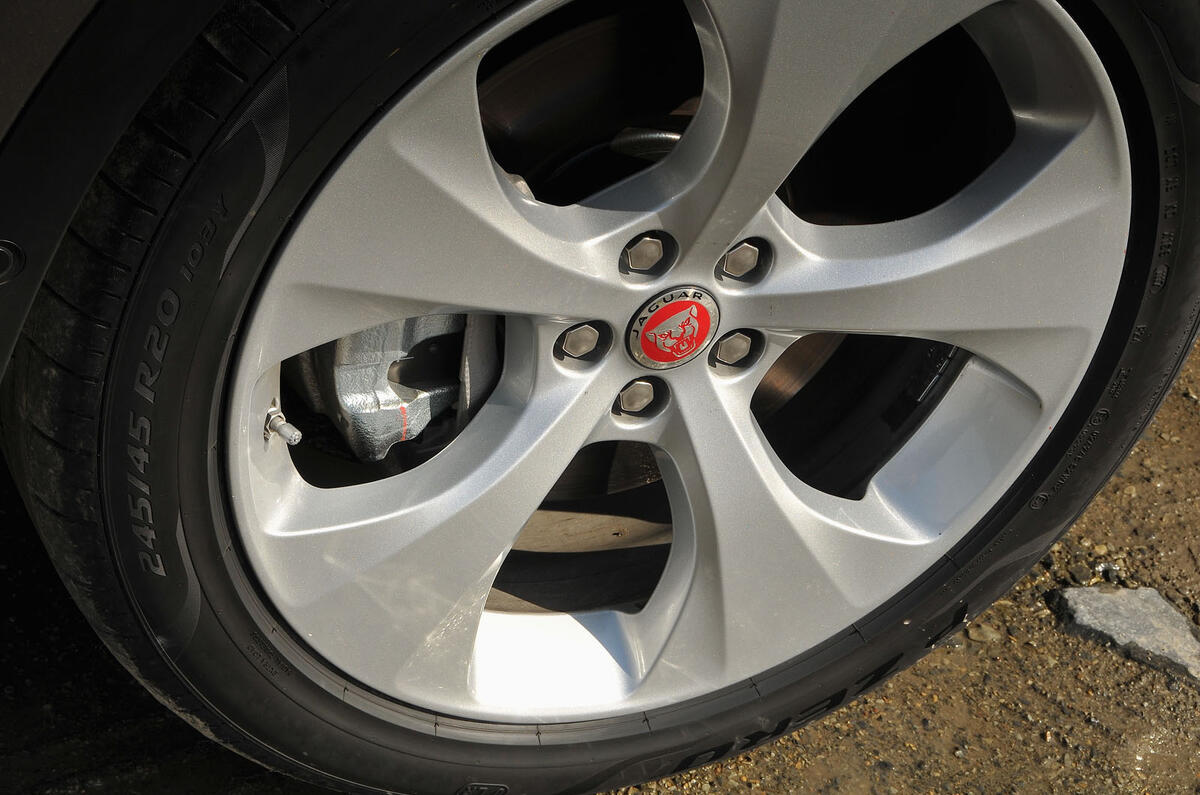
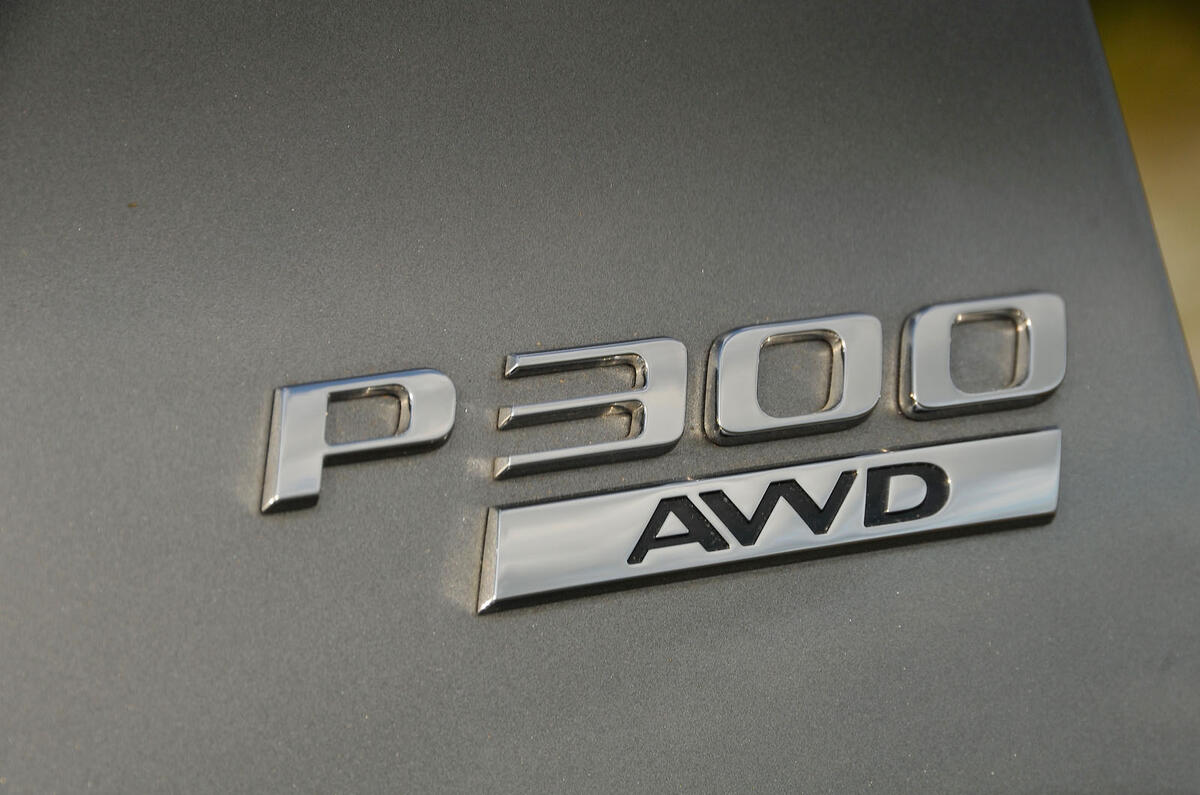
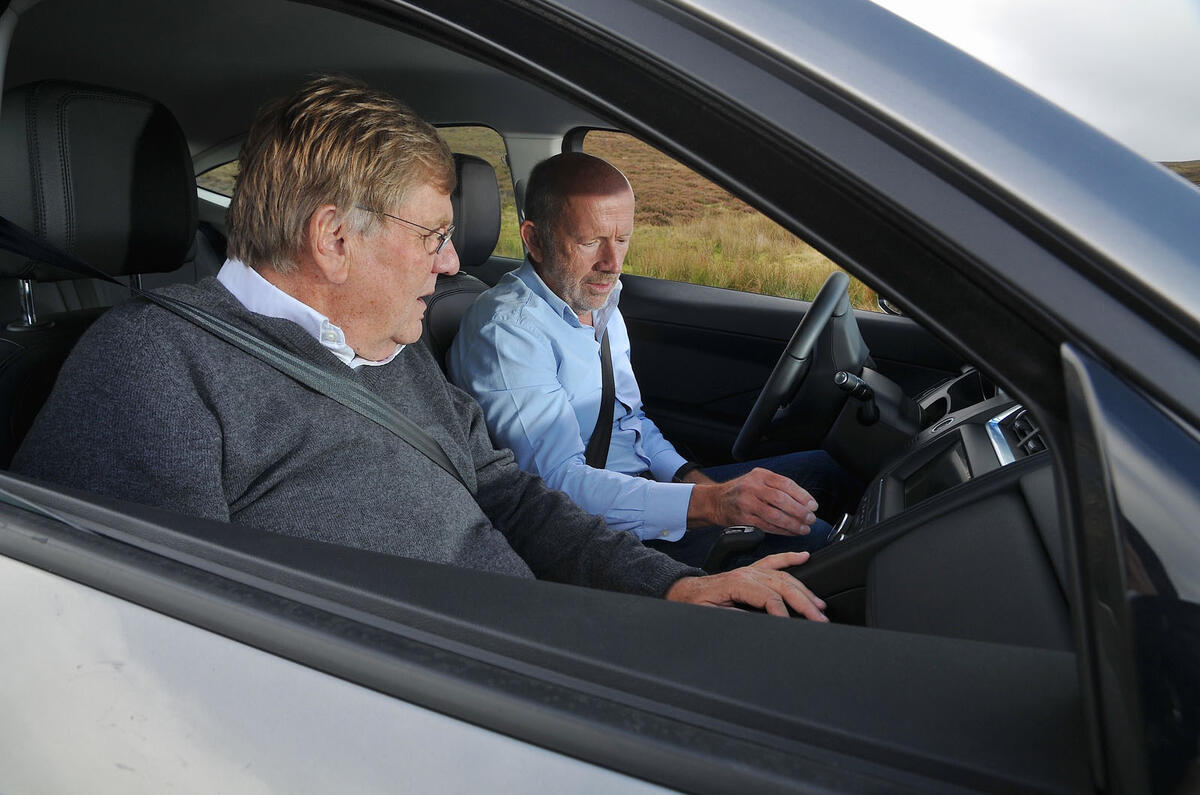
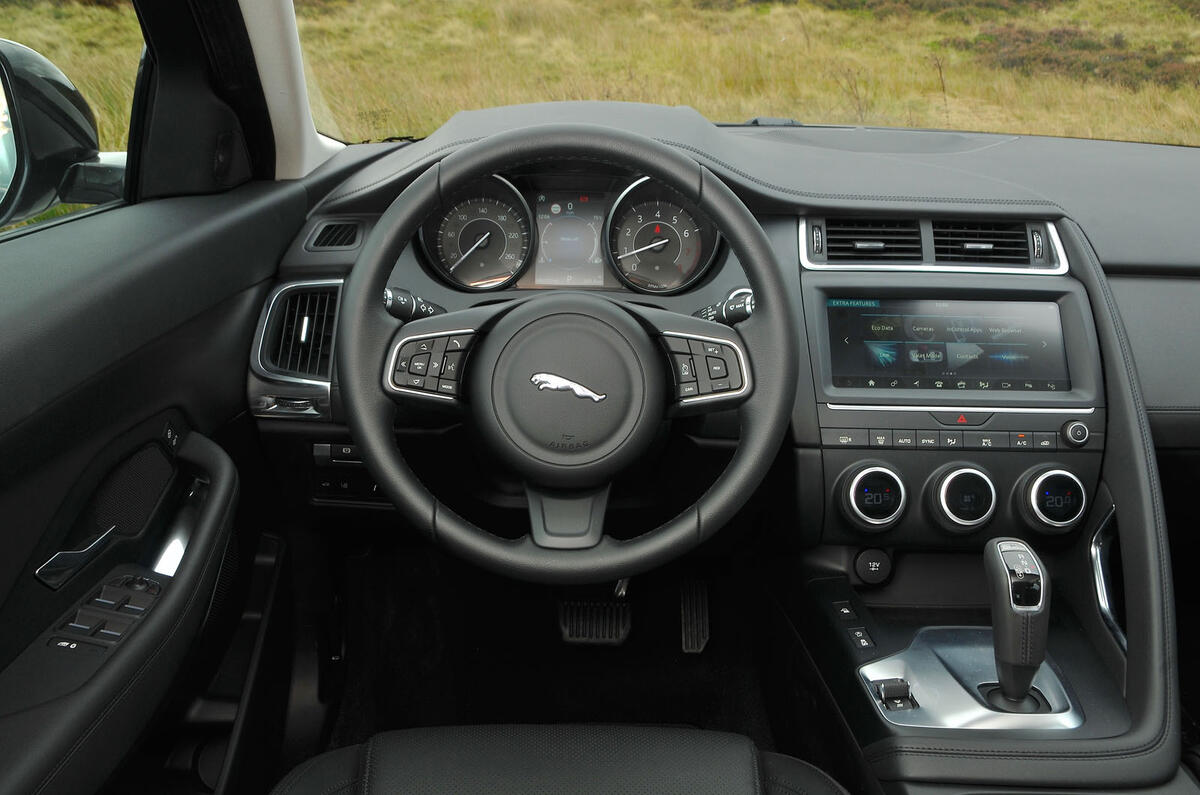
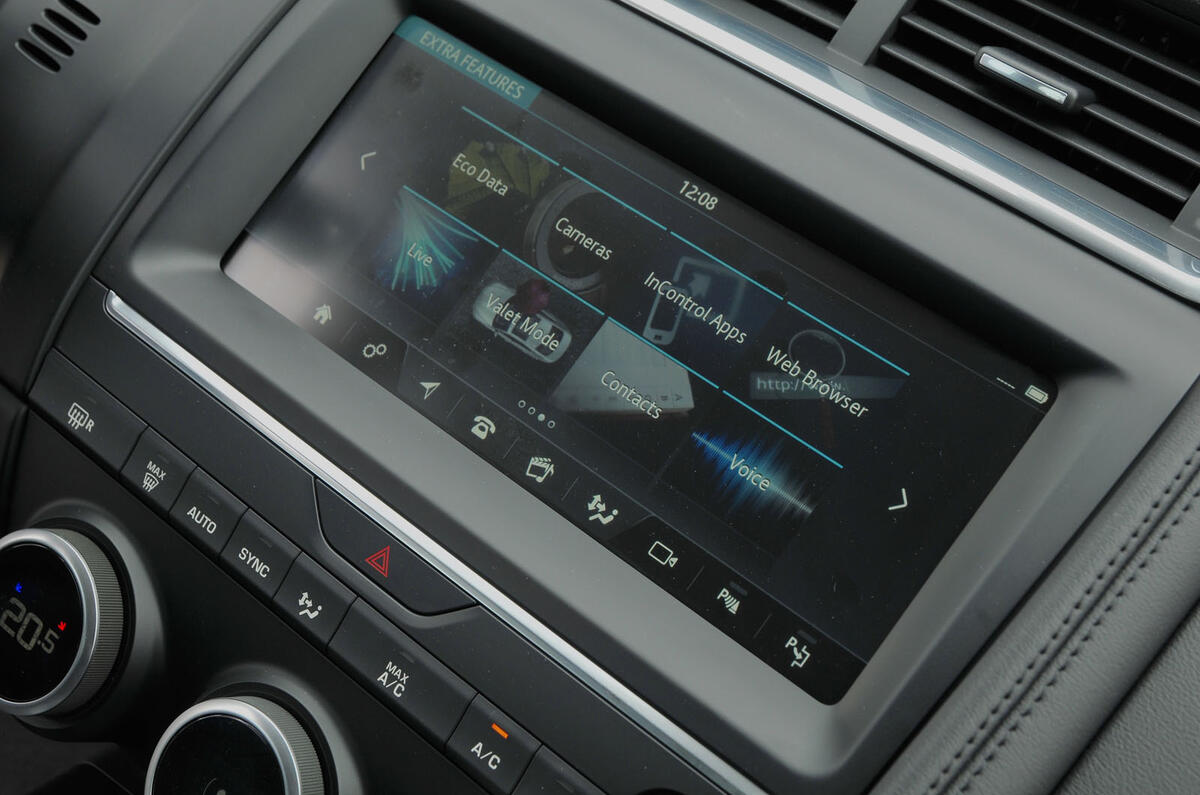
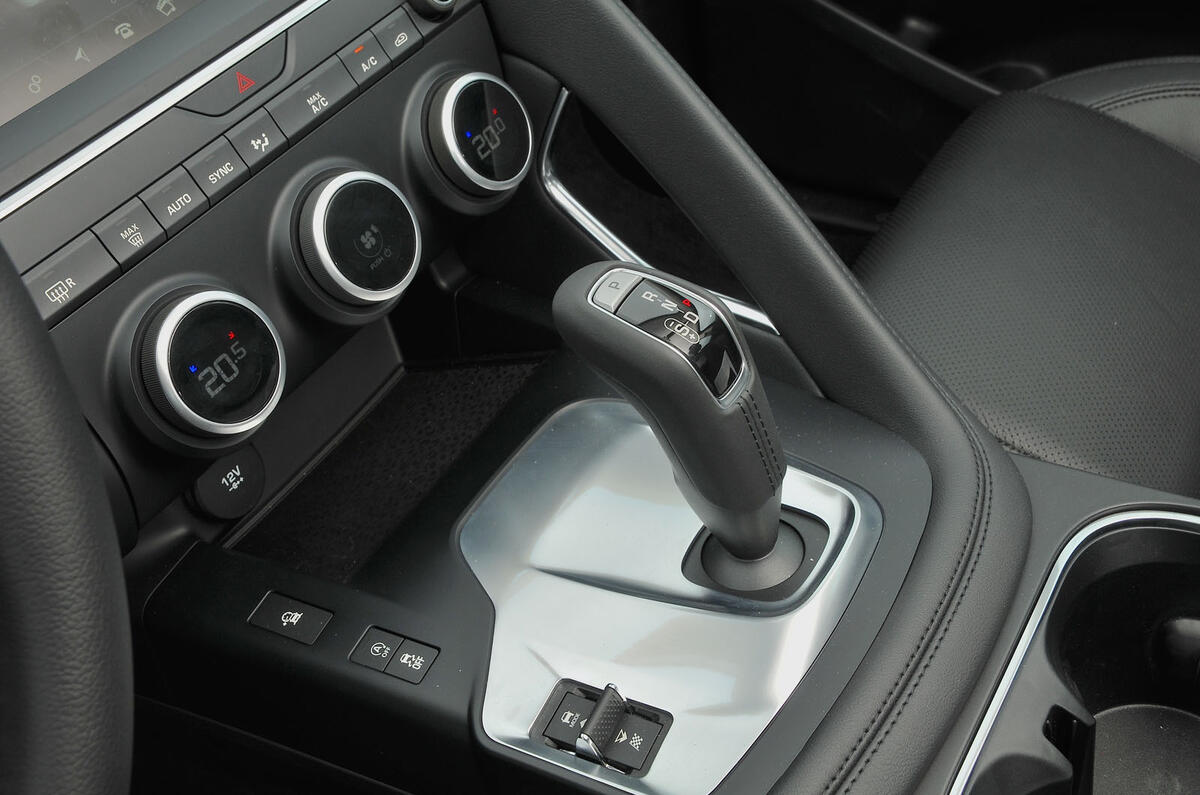
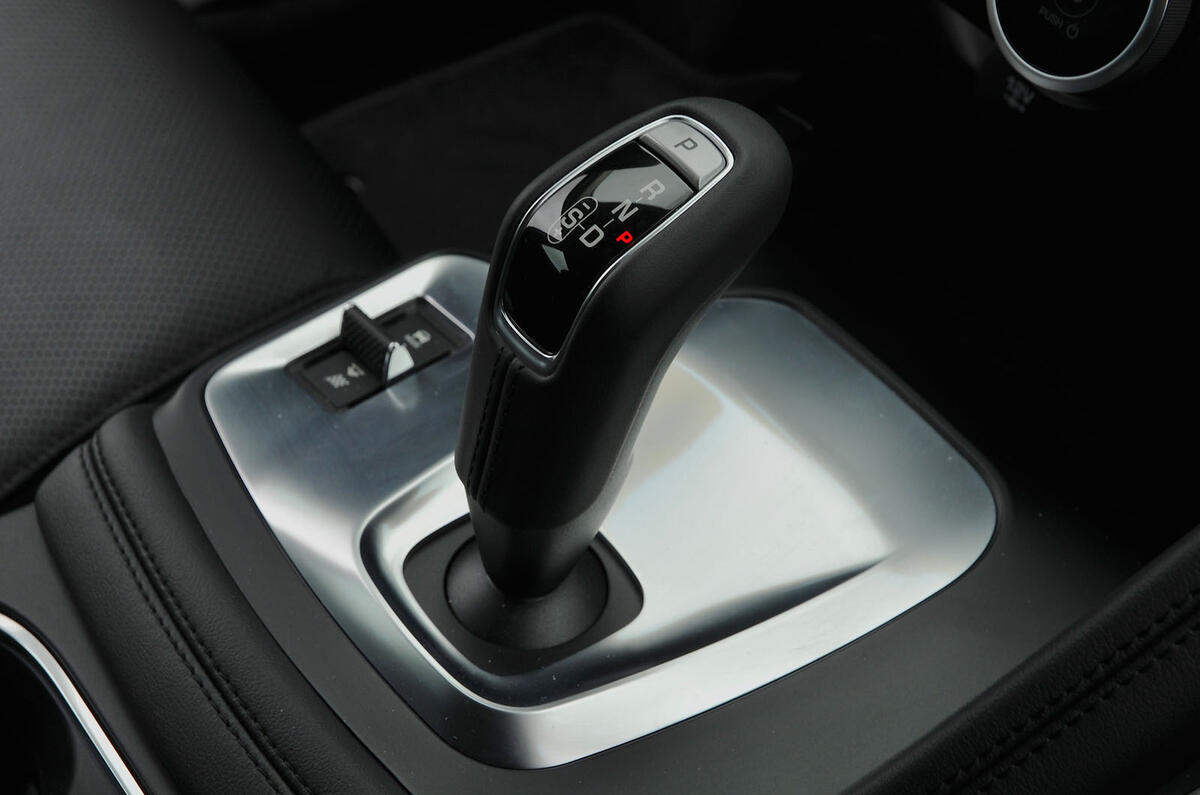
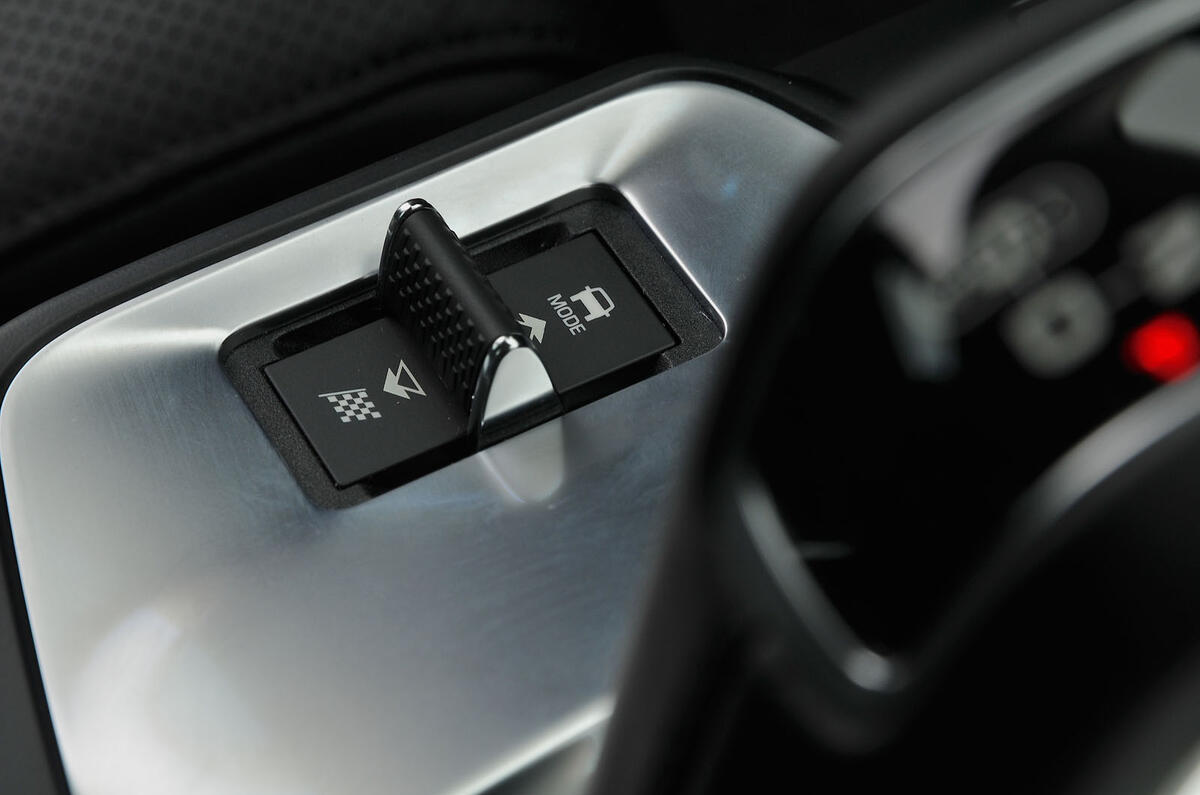
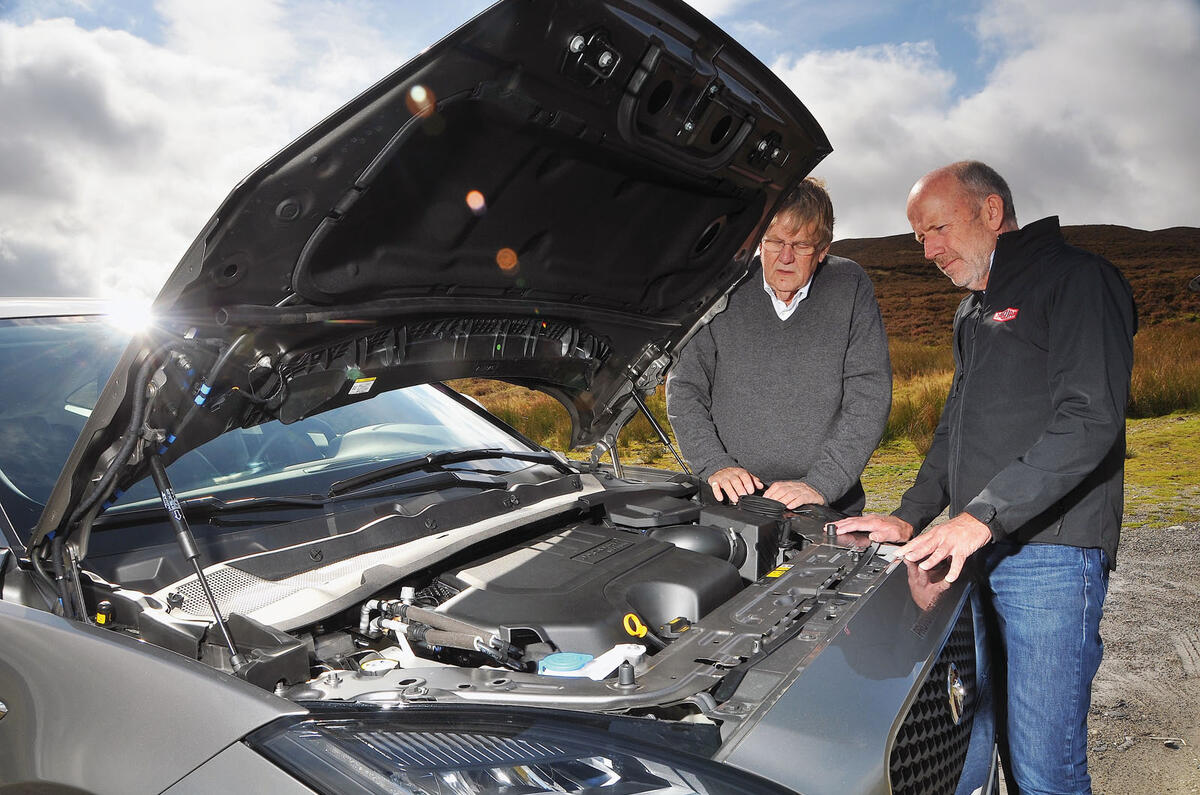
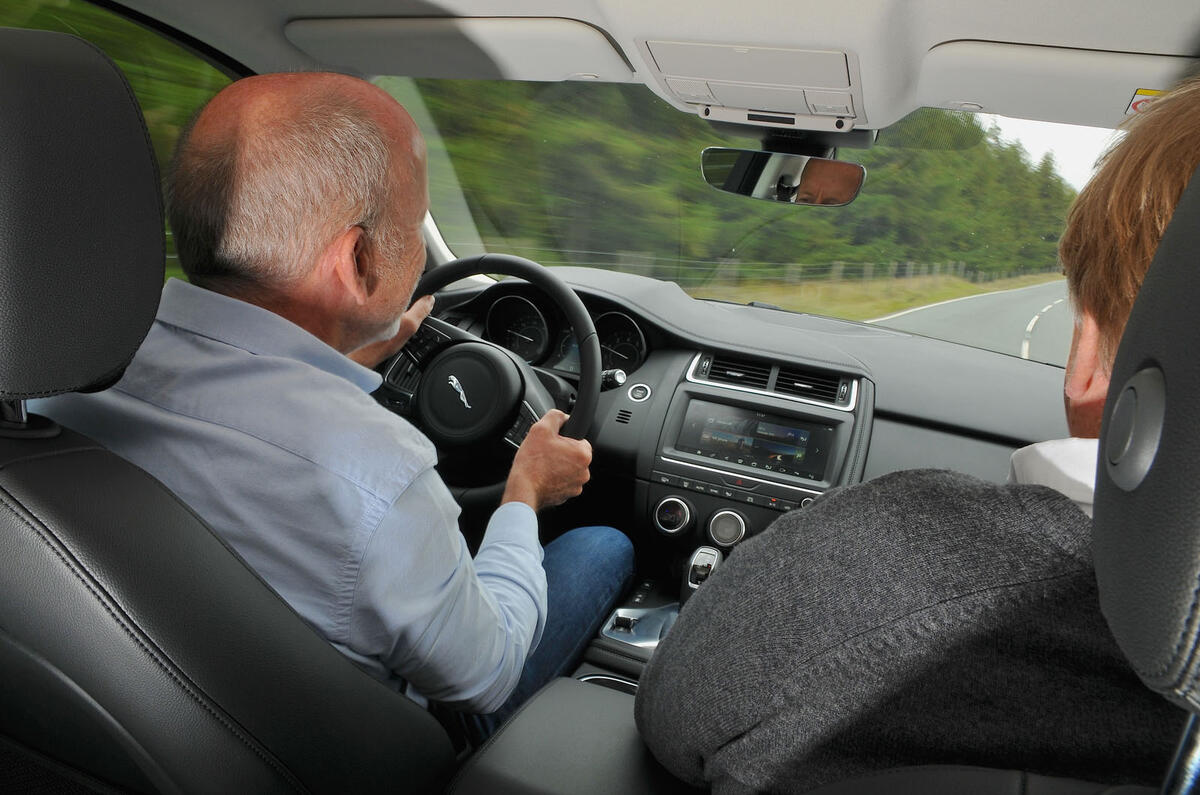
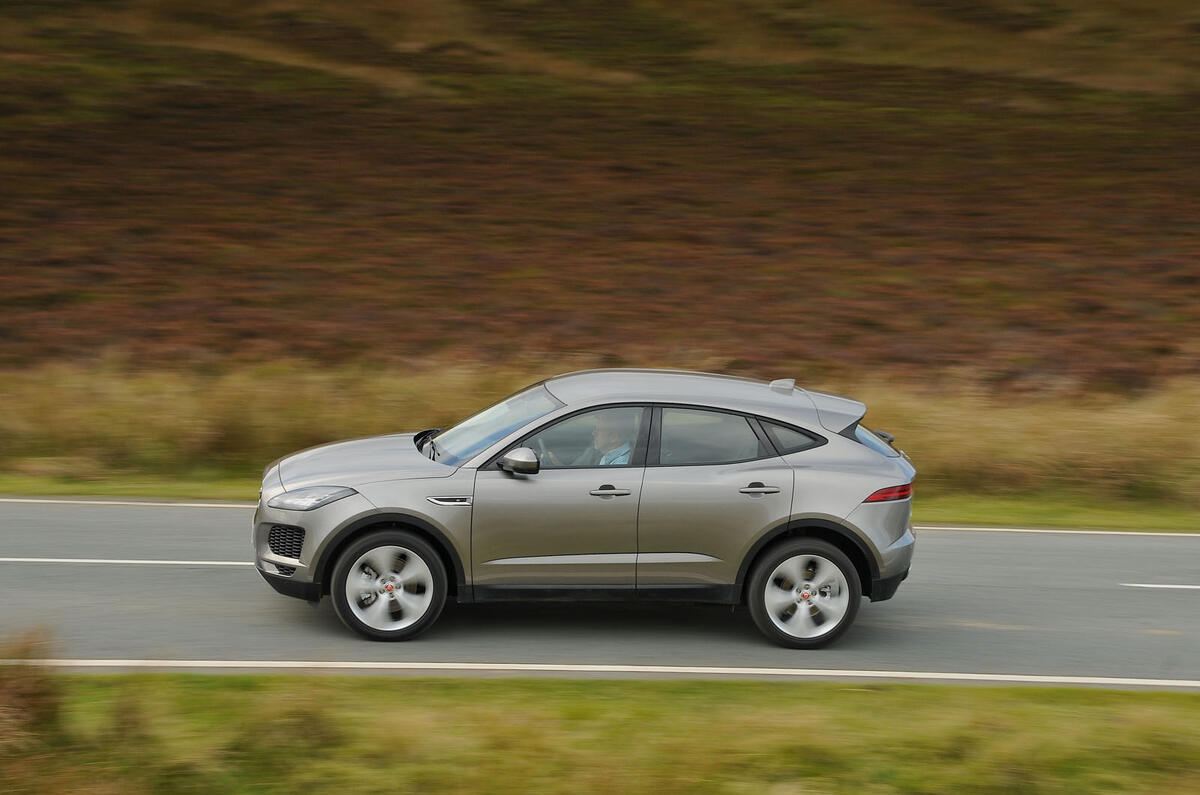
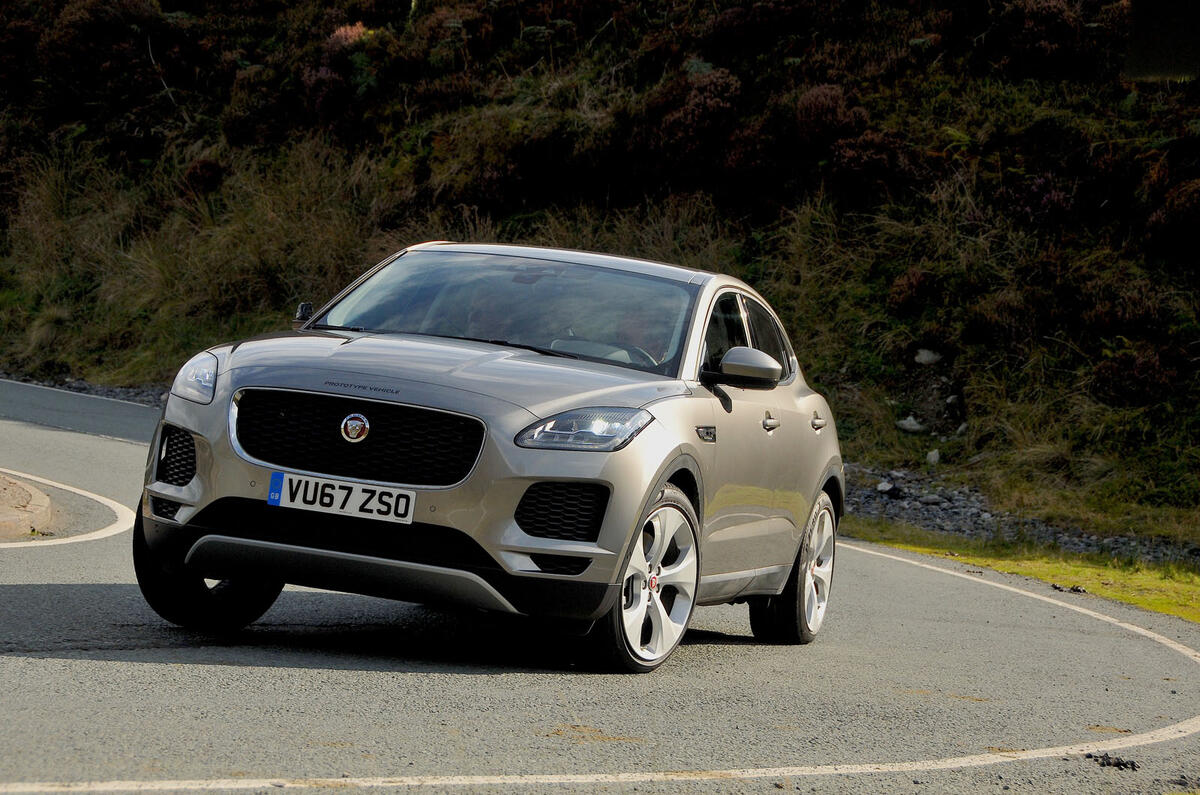
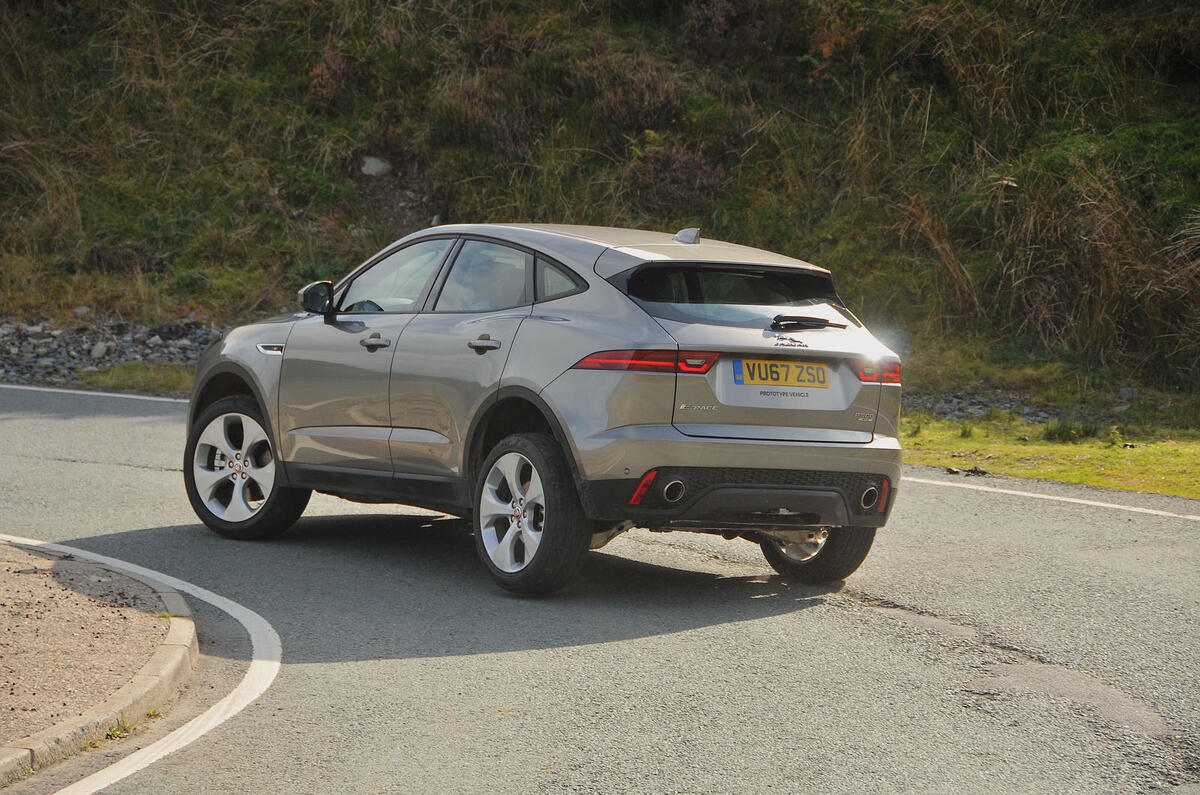
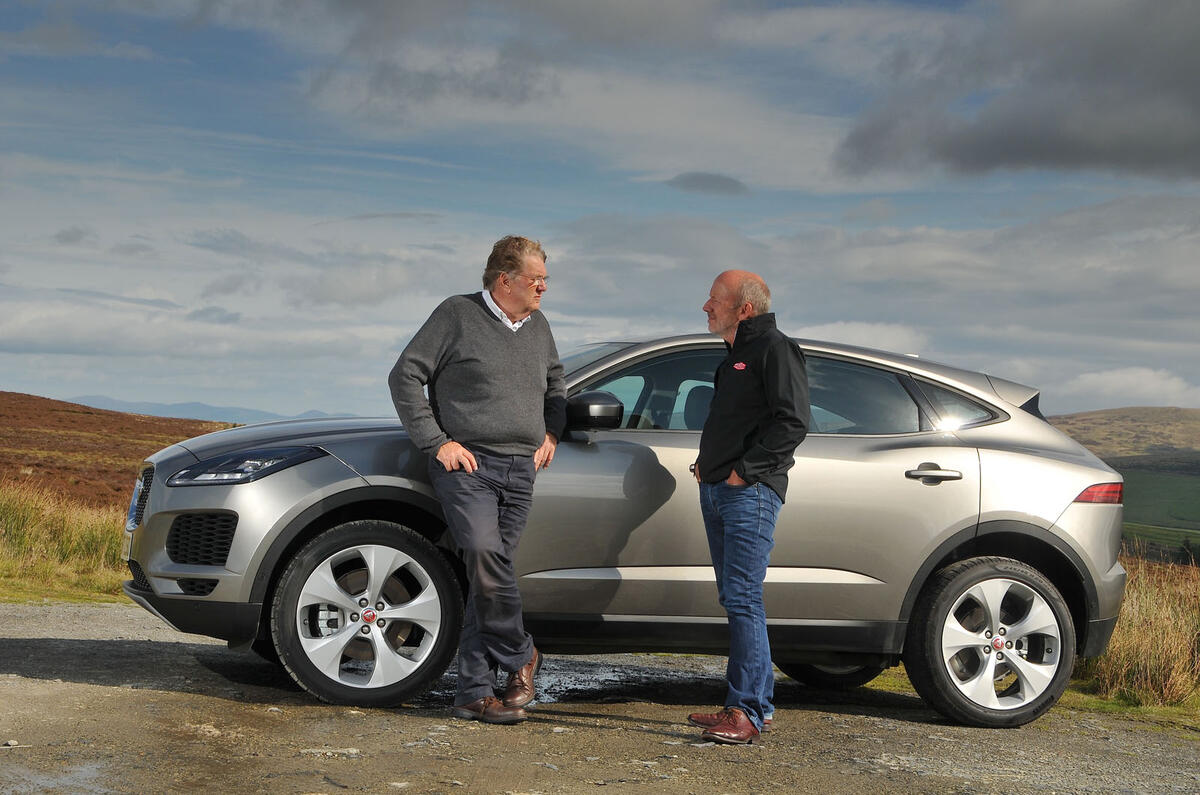
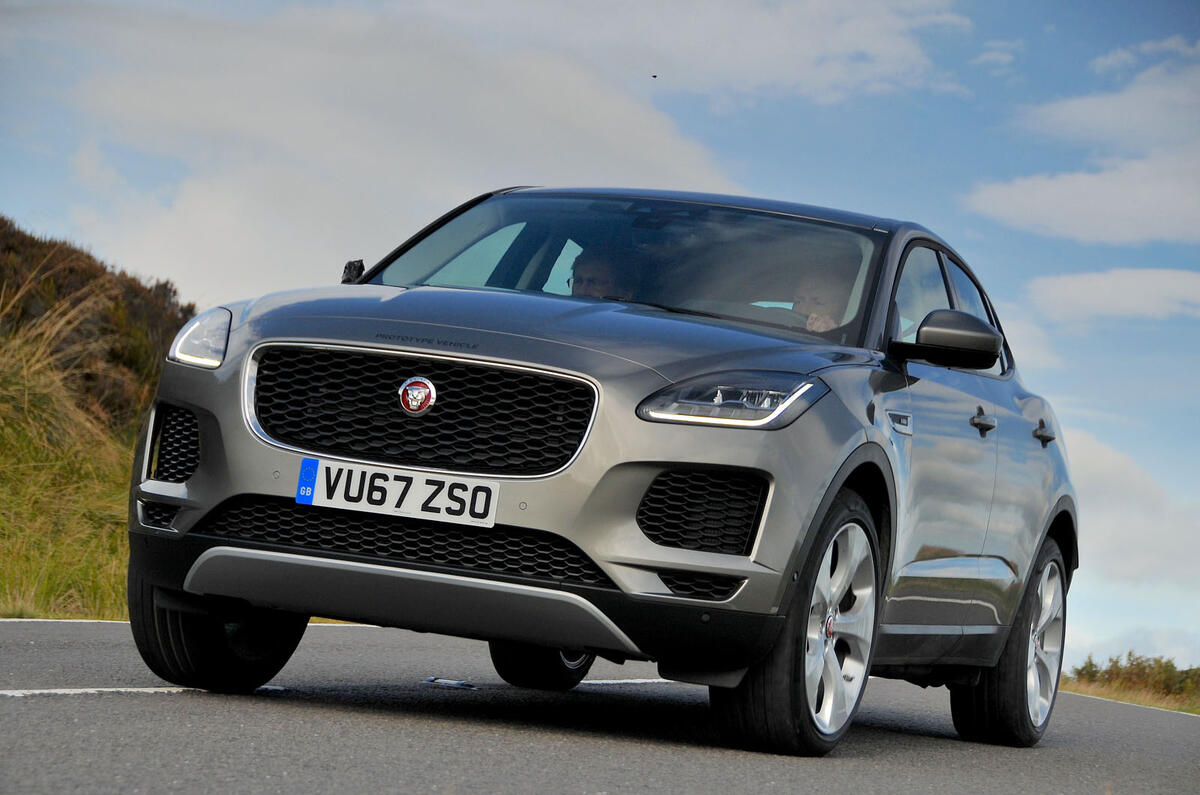
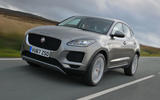
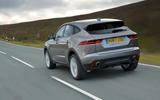
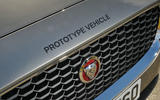
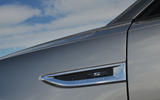
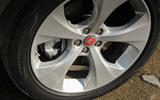
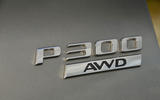


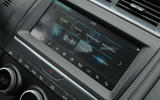
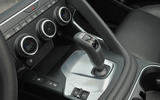
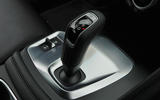
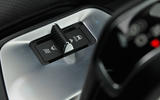
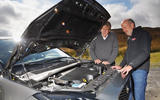
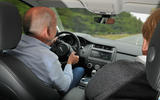
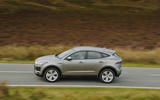

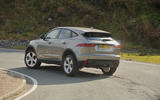
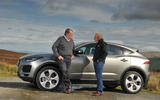
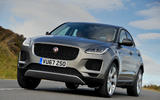






Join the debate
Add your comment
Jaguar E-Pace in Spain
Looking forward to test driving the Jaguar E-Pace here in Benidorm Spain next Friday 10th November at the Hotel Meliá Villaitana. Watch this space for my feedback!
F pace
I know this is about the e-pace, but I was surprised by the size of the f pace, I parked my discovery next to one over the weekend. Near as dammit as long at the disco, but in comparison, utterly tiny inside. A miracle of modern packaging. Looked cool though.
i would imagine the e pace is minuscule inside.
This is the sort of interior
This is the sort of interior that the XE, XF & F-Pace should have got in the first place. I wonder how many potential Jag customers took a look at the interior of the above models and turned away.
But I still find the current trend for tiny windows pointless. Why make the cabin dark and clautrophobic when I can detect no gain in aesthetics? Especially when a tall SUV gives the perfect opportunity to have a low window sill (the original Range Rover had the right idea)